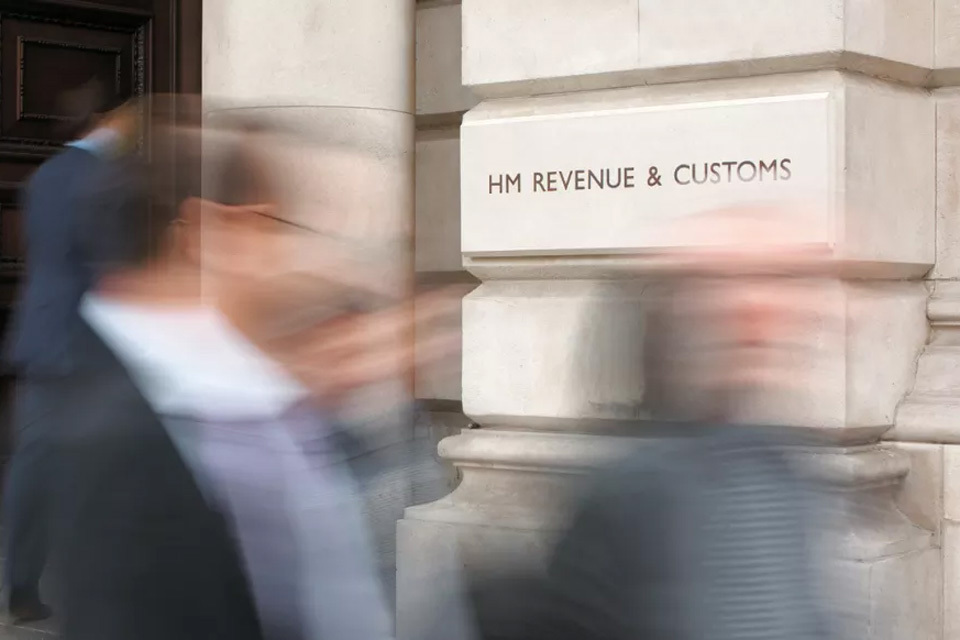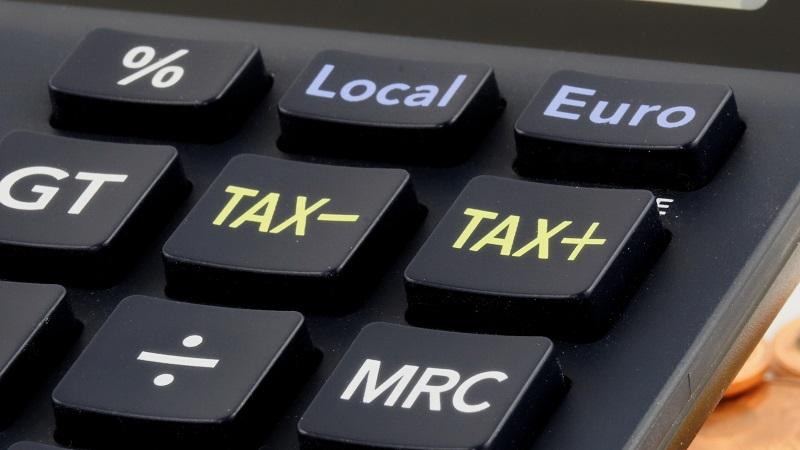Demand for headcount reductions and other savings can be achieved via use of tech in services and operations, Jim Harra tells MPs
Credit: Pixabay
Continued digitisation and use of new technologies such as robotics will be the key means through which HM Revenue and Customs is able to meet ministers’ demands for headcount reductions and other savings, according to the department’s chief executive Jim Harra.
Appearing before parliament’s Public Accounts Committee this week, Harra told MPs that HMRC is on course to reduce its headcount to 2016 levels within the next two years. Further efficiencies in the current financial year would be unlikely, he said – but greater use of digital assistants and robotics could reduce costs in the remaining two years of the Spending Review period.
“Our SR2021 plan already brings us back to 2016 levels by then, so at a departmental level we met that objective,” Harra said. “The key way of making efficiencies apart from continuous improvement is to continue digitalising the tax system and making sure that customers don’t have to contact us by the older methods of phone or post but increasingly can self-serve online or be supported by digital assistants or robotics. That is the key way of continuing to deliver services with less resource over time, and we will obviously respond to any challenge that we get from the government around our spending.”
Over the summer, Boris Johnson’s administration tasked departments with creating plans to reduce staffing to 2016 levels by the end the current three-year Spending Review period. The figure equates to around 91,000 jobs – effectively a 20% cut for the whole civil service.
Related content
- Rees-Mogg cites potential of ‘automation and tech’ as plans are unveiled to axe 91,000 officials
- HMRC using ‘digital prompts’ to ensure wealthy people pay enough tax
- ‘Smaller and more efficient’ – Defra looks to transformation schemes to help offset hiring freeze
Some departments will have scope for greater reductions than others, and all departments were asked to model how they would deliver a 40% reduction in staffing alongside proposals for the one-in-five cut.
“Like all departments, we did do work for July about what the different options are, but no decisions have been made on that,” Harra told MPs. “We wait to hear if the government has any changes that it wants to make to its spending plans this side of 2025, and also what its longer-term spending plans might be.”
Despite the headcount reductions being her predecessor’s policy, Liz Truss – who has now resigned as PM – did not roll back on the substance of the plans, although she did back off from the 2025 target. Further decisions on staffing cuts are likely to be made by her successor. Meanwhile, newly installed chancellor Jeremy Hunt has warned departments to expect demands for further efficiencies later this month.
According to HMRC’s annual report and accounts for 2021-22, the department had an average full-time equivalent headcount of 63,852 during the last financial year. Its 2015-16 annual report and accounts gave an average FTE count of 60,914. The tax gap – or the difference between tax owed to the government and tax collected – was £32bn in 2020-21, or 5.1% of total theoretical tax liabilities, the financial statement revealed.
A major part of HMRC’s role is compliance work to make sure people pay the right amount of tax. Its compliance yield work in 2021-22 generated £31bn. However, Harra told MPs that compliance staff were reporting changes following the pandemic.
“We are seeing different payment behaviours from taxpayers,” he said. “And we do have to adjust compliance yield for what it is we think we can recover. That is definitely a concern in relation to the tax gap and our management of it.”
Harra said challenged household finances were also expected to pose new problems for compliance work.
“As a result of the cost of living crisis, first of all we will see people prioritising other spending over paying us,” he said. “We might also see people taking second jobs or moonlighting – which they’re perfectly entitled to do – but which are more likely not to be declared to HMRC. Case by case, that tends to be quite small and is therefore quite challenging.”



